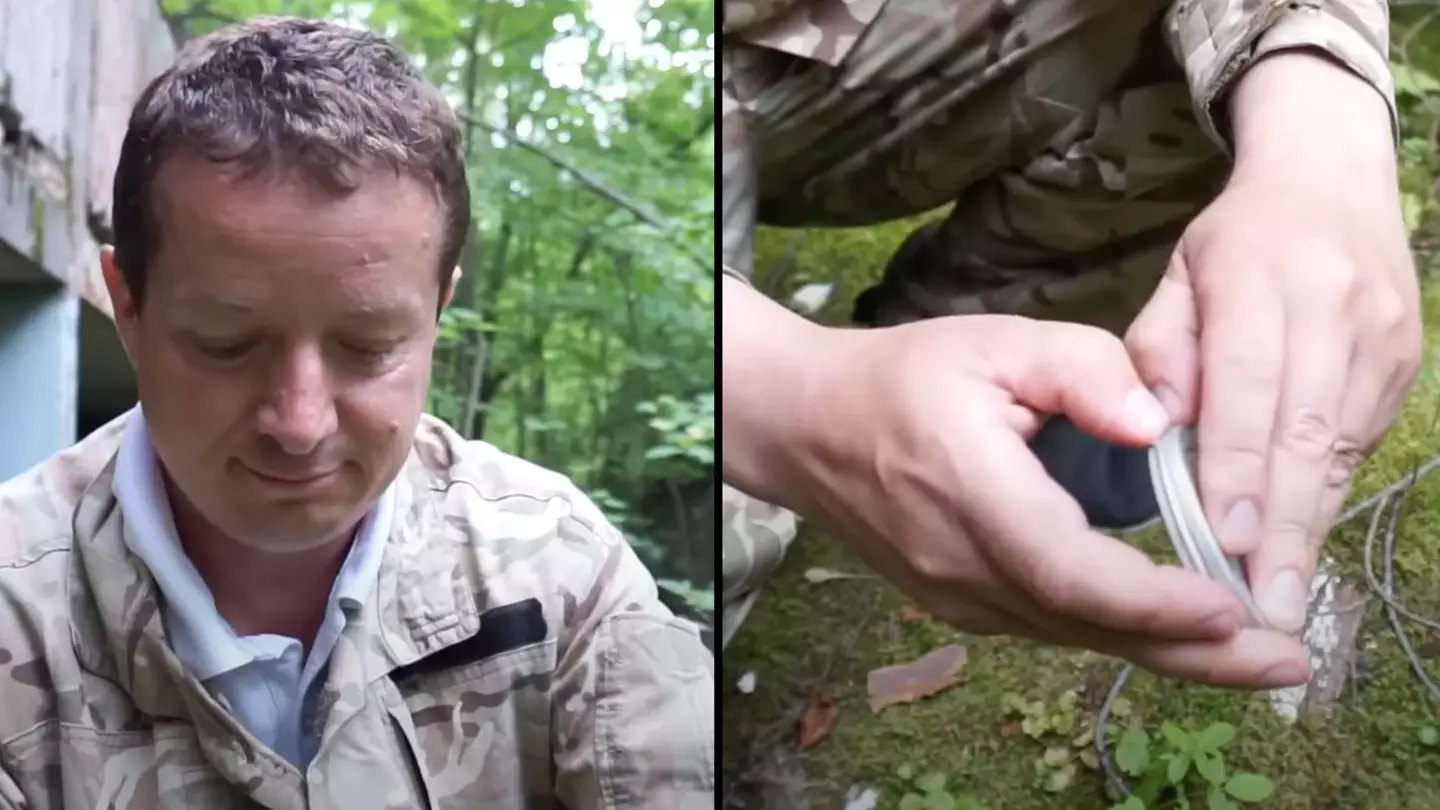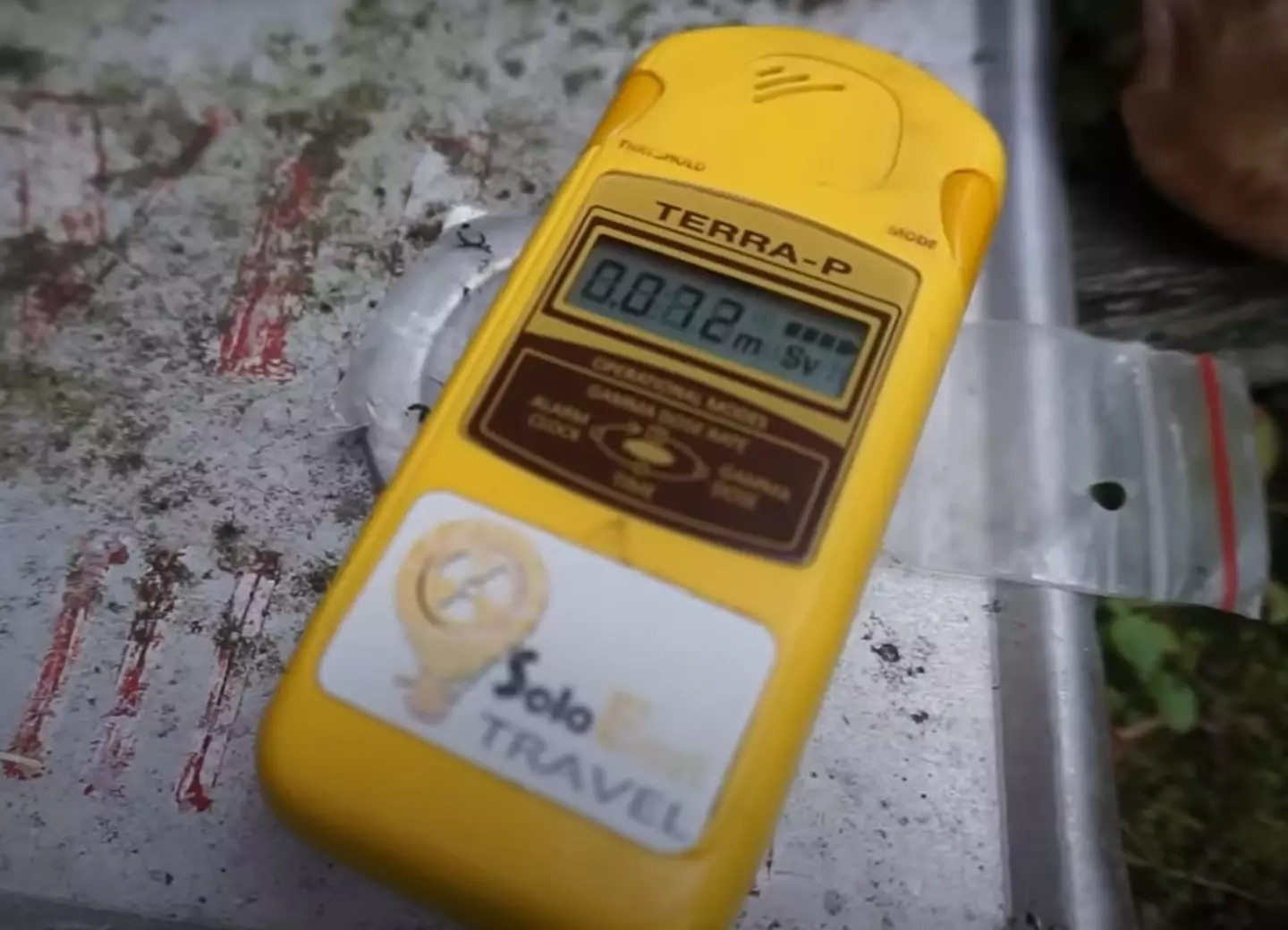
A man who visited the Chernobyl exclusion zone came up close to one of the most dangerous objects in the world, and then his guide tried to open it.
YouTuber Abandoned Explorer visited Chernobyl in 2019 and was shown around the exclusion zone which was open to tourists back before the days of Russia's invasion of Ukraine.
This place is a warzone now, but before that people could visit the area surrounding the infamous nuclear power and see some of the life-threatening things left behind.
During the trip, his tour guide Igor popped off to fetch 'one of the most radioactive objects in Pripyat', and returned with a canister of polonium.
Advert
Igor joked to the YouTuber that 'you are Litvinenko today', referring to the former Russian spy who was assassinated by being poisoned by the radioactive material they were now getting up close and personal with.

The man started prying open the canister, which many would consider inadvisable especially with bare hands.
Taking out a device to record the radiation, it read that they'd absorbed the amount of five microsieverts thus far in the day.
In most parts of the world, the background radiation is somewhere between 0.17 and 0.39 microsieverts per hour, so the background radiation in the exclusion zone is higher than the rest of the world, which is unsurprising.
Advert
However, when the device was placed atop the highly radioactive material, it quickly started counting up and was double the original total within a matter of seconds.
Pretty much every second added on another microsievert, meaning that each second it was picking up the equivalent of several hours of background radiation in a normal part of the world.
"Holy f**kballs," the explorer exclaimed, and that's a fairly reasonable response since that figure kept climbing and essentially would forever as it was emitting several days worth of safe radiation exposure within a few seconds.

If you'll remember our old friend the radioactive crane that was giving off 39.8 microsieverts per hour, the polonium was giving off that amount in basically a minute or so.
Advert
Put simply this thing was really radioactive and the measuring device started to emit a high-pitched screech in warning.
Once they moved back they checked the device, which said it had registered a total of 99 microsieverts, so in just a short time it had gone from five to 99 just from being near the polonium.
Here's the good news, polonium is pretty harmless outside the body as the radiation cannot get through human skin - unless there is broken skin - and can be stopped by something as simple as paper.
However, ingesting it would be pretty much lethal and one gram of the stuff would be poisonous enough to kill about 50 million people.
Topics: Chernobyl, Health, Ukraine, Russia, World News